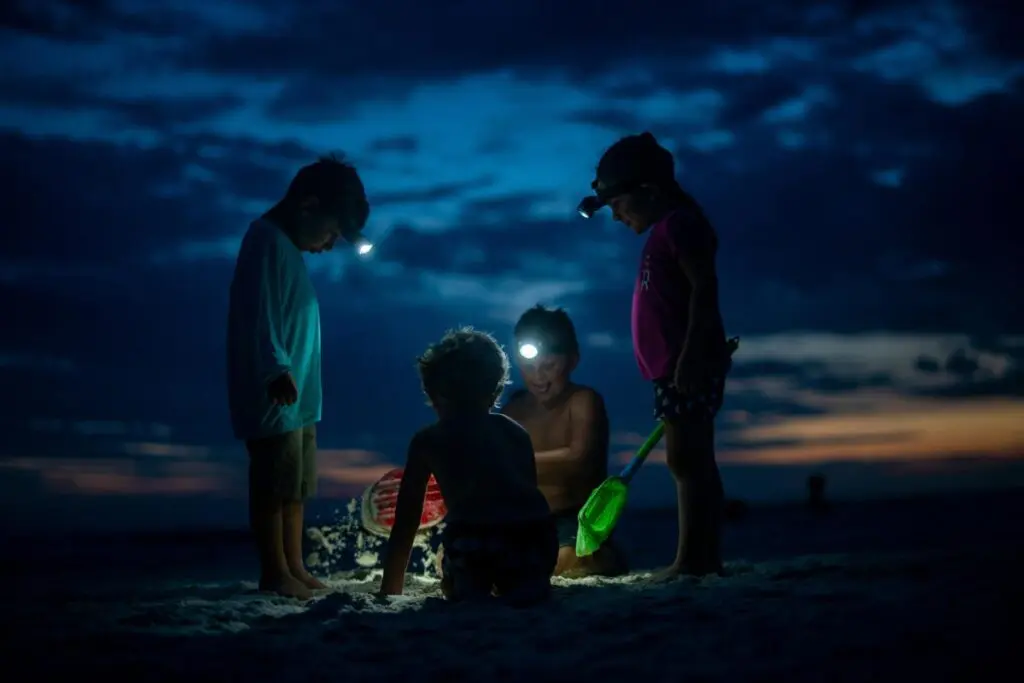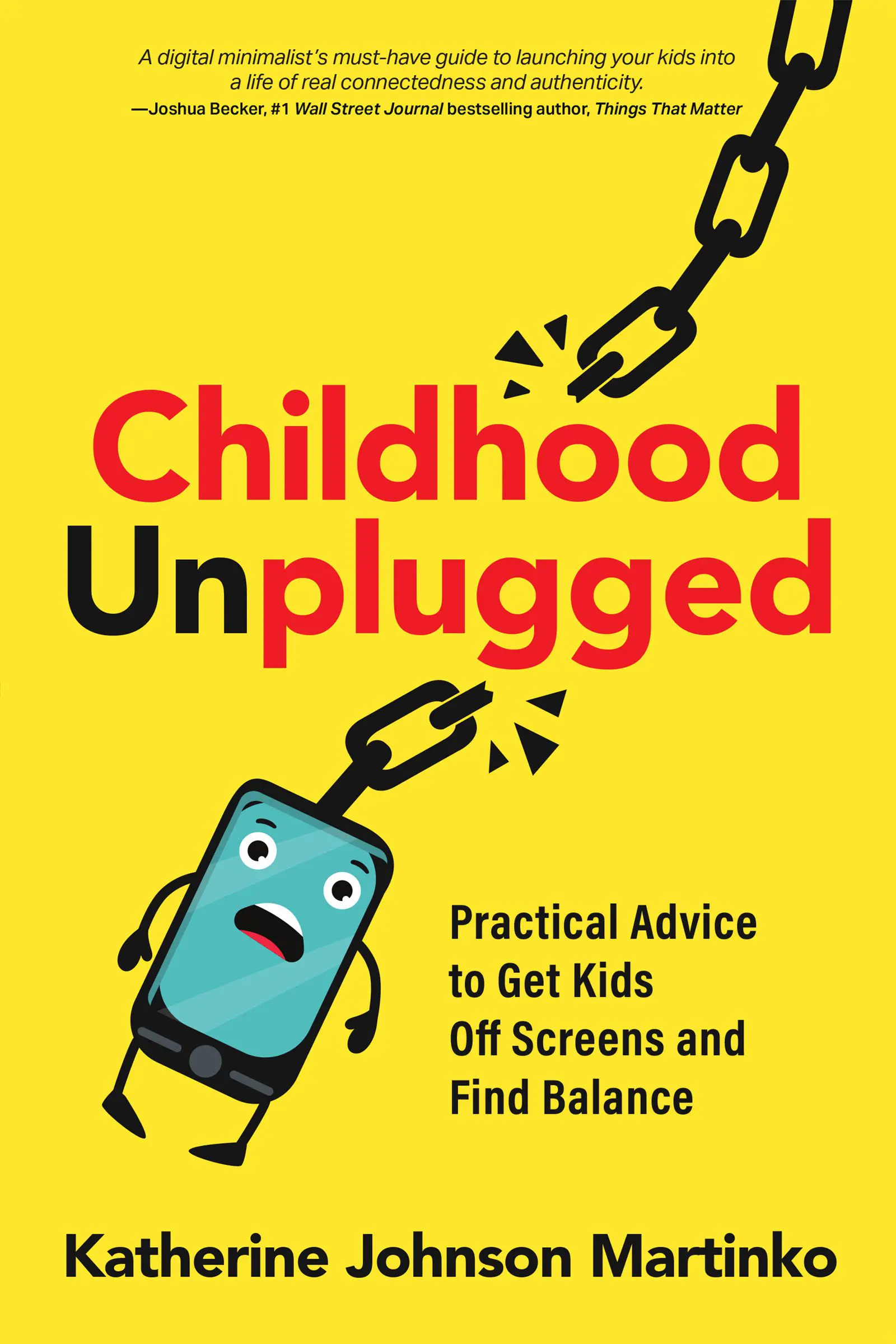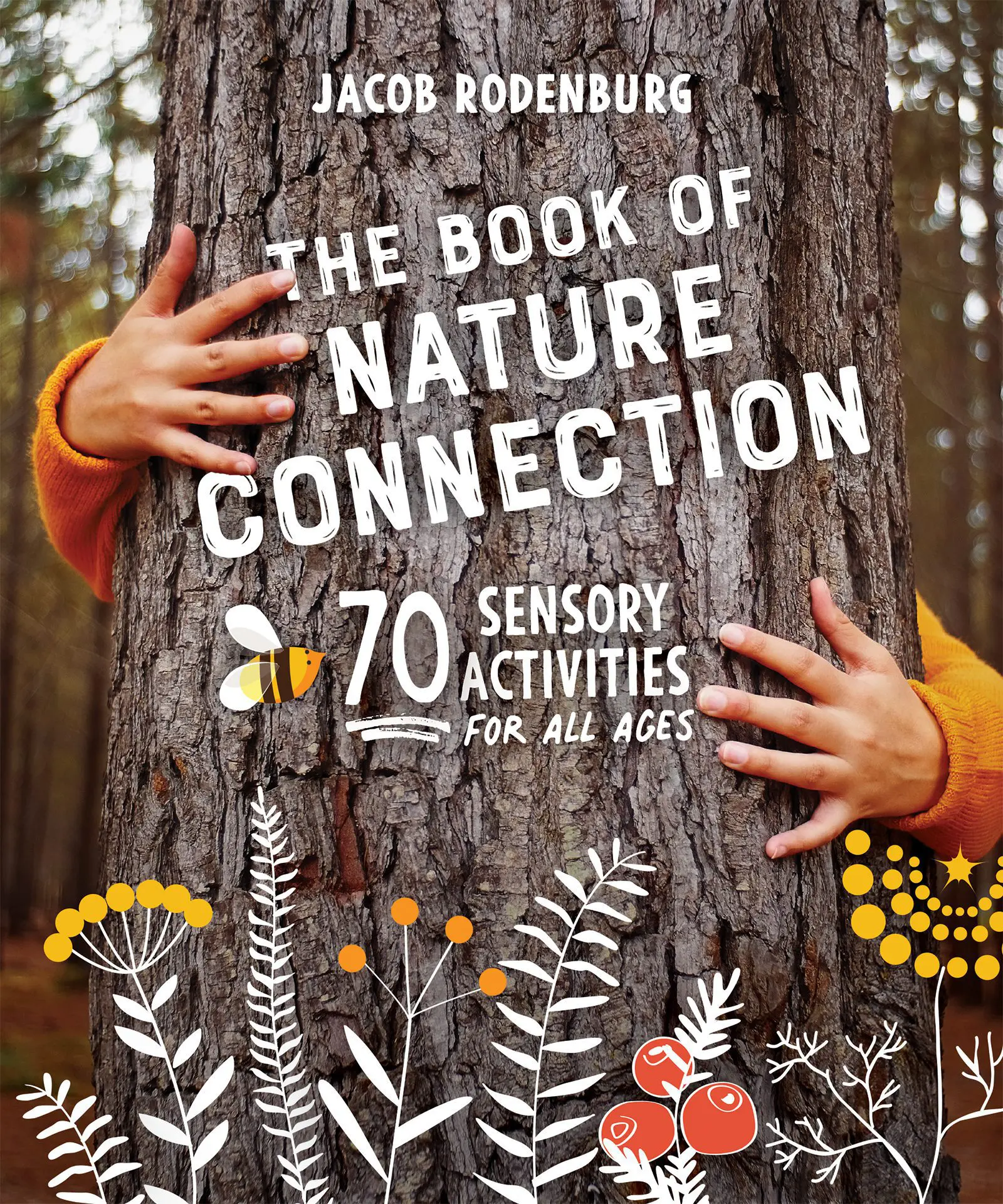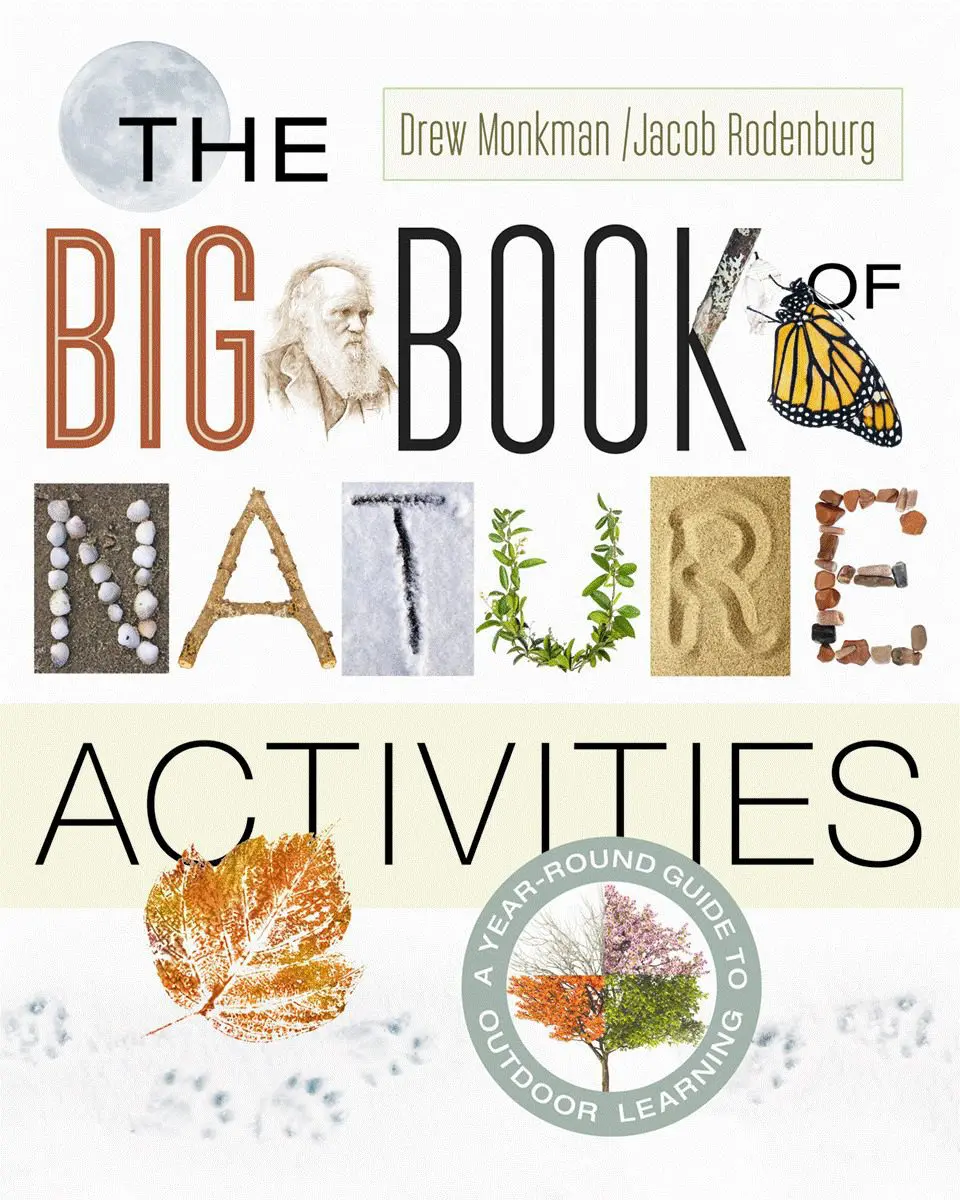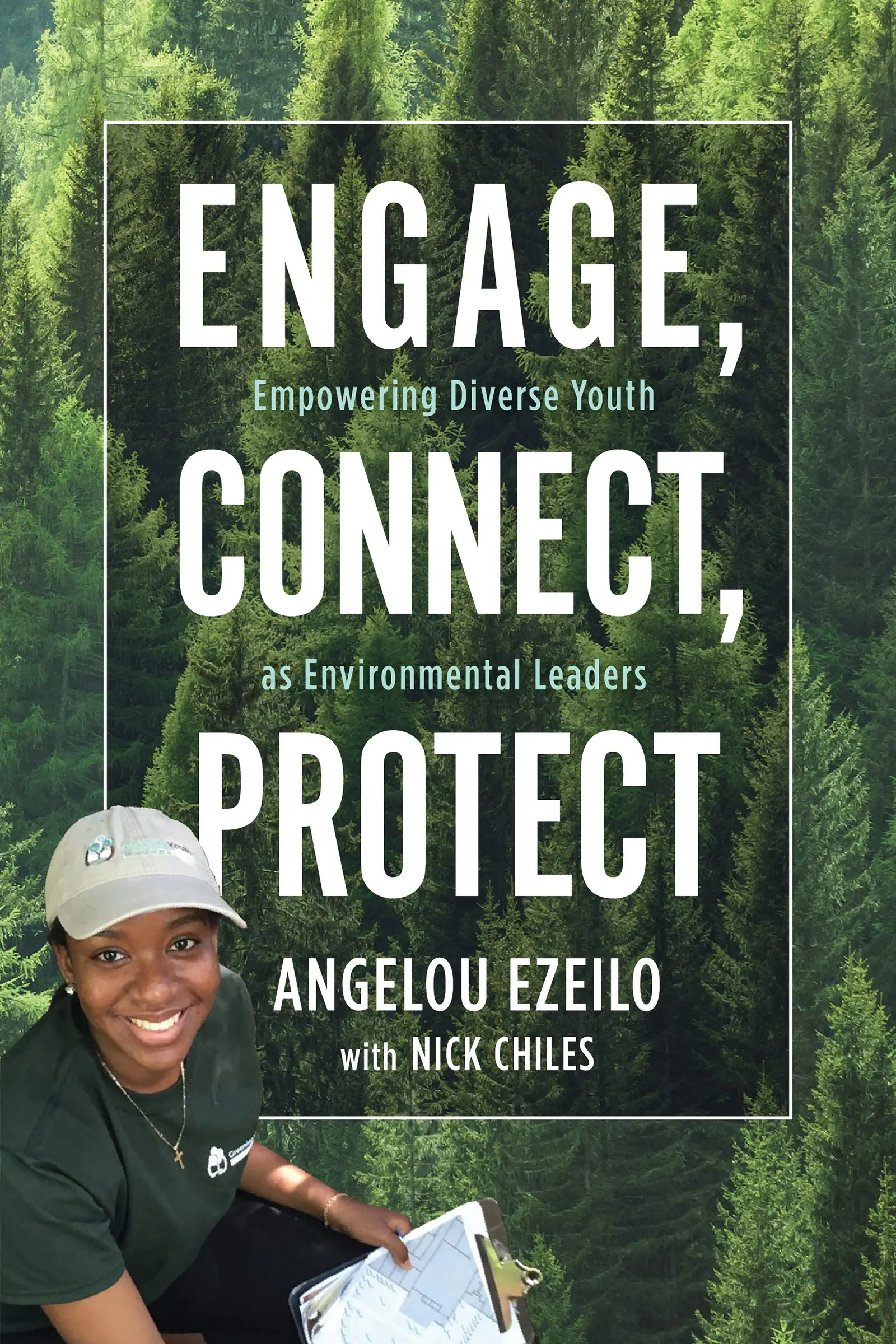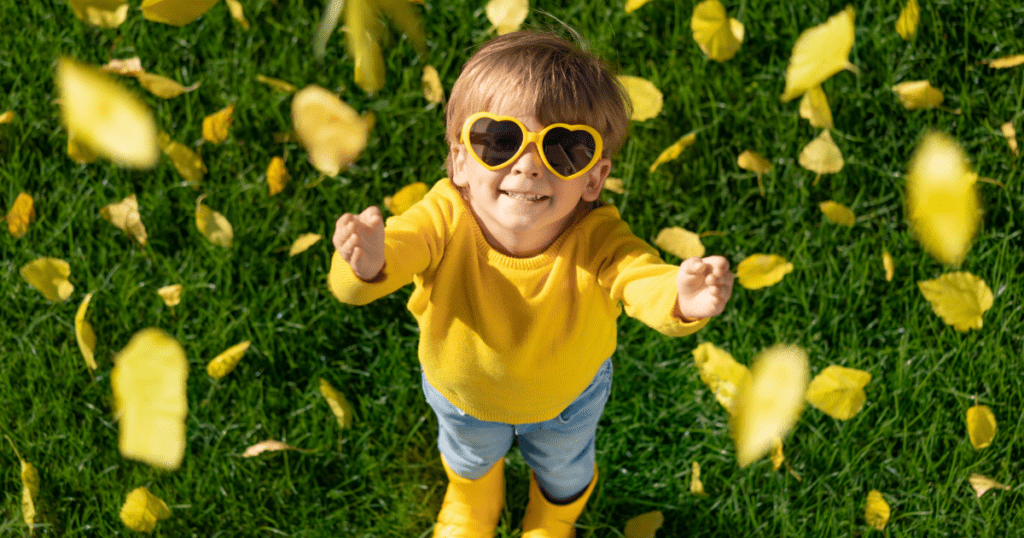
In this guest post, Katherine Martinko, author of Childhood Unplugged, offers a powerful tool to help reduce screen time for kids while opening up a whole new world of skills. All this, and it’s a lot of fun, too. For many of us, this is a great time of year to start increasing outside time – for the adults in your family, too. Below, Katherine offers suggestions for increasing the whole family’s outside time, whether you’re in an apartment or at the edge of the wilderness. Go outside and play!
If you want your child to spend less time in front of screens, there is one tool that will come in very handy. That is the outdoors. This can take many shapes and forms. It might be a small urban backyard or a park down the street. It might be an expansive wilderness of forest or fields if you live in a rural setting. Fortunately, it doesn’t matter how big or small it is, as long as it provides access to a green space without walls, filled with fresh air, where the child can play freely. To your child, it’s a kingdom, regardless of size.
By sending a child outside to play, you remove them from the indoor environment where screens rule. You break the cue that makes them want to grab phones or tablets for entertainment. And once access to those alluring devices is limited, the child’s developing brain and body are free to experience the world in new ways.
The outdoors is a ready-made playground for children and babies. It offers endless opportunities for exploration, and it stimulates them just enough without overdoing it. They will never become hyperstimulated by grass, sticks, trees, birds, and mud puddles; rather, those things will help their brains to stretch and expand and learn in crucial ways. We know now that time in nature prolongs kids’ attention spans and helps them to focus, which bodes well for academic performance in school. Taking a 20-minute walk in a park is as effective at reducing symptoms of attention deficit hyperactivity disorder (ADHD) as taking medication. Time in nature reduces stress and blood pressure levels.

Then there are all the physical benefits. Outdoor play allows kids to develop gross and fine motor skills and physical strength that is alarmingly absent in elementary school classrooms these days. Occupational pediatric therapists agree that conditions previously considered rare are now common. This is partly because scrambling over rocks and logs, rolling down hills, and swinging upside down from tree branches has been replaced with wobble chairs, bouncy balls, floor surfers, vestibular wedges, and other such tools for helping kids catch up with developing their sense of balance and core strength. Tragically, none of this would be required if kids spent more time playing outside. Nature would provide it all.

Mental and physical benefits aside, one of the biggest pluses of outdoor play is that it occupies chunks of time that would otherwise be devoted to screens. By spending one, two, even three hours outside each day, split between before and after school, it’s easier to stay off devices. It gives parents a tool, an alternative for entertainment that they should be taking advantage of. Send your kids out, tell them how long they need to be out there, and then enjoy some solitude. They will come back happy, satisfied, calm, and tired, ready for a good night’s sleep; what more can a parent wish for?
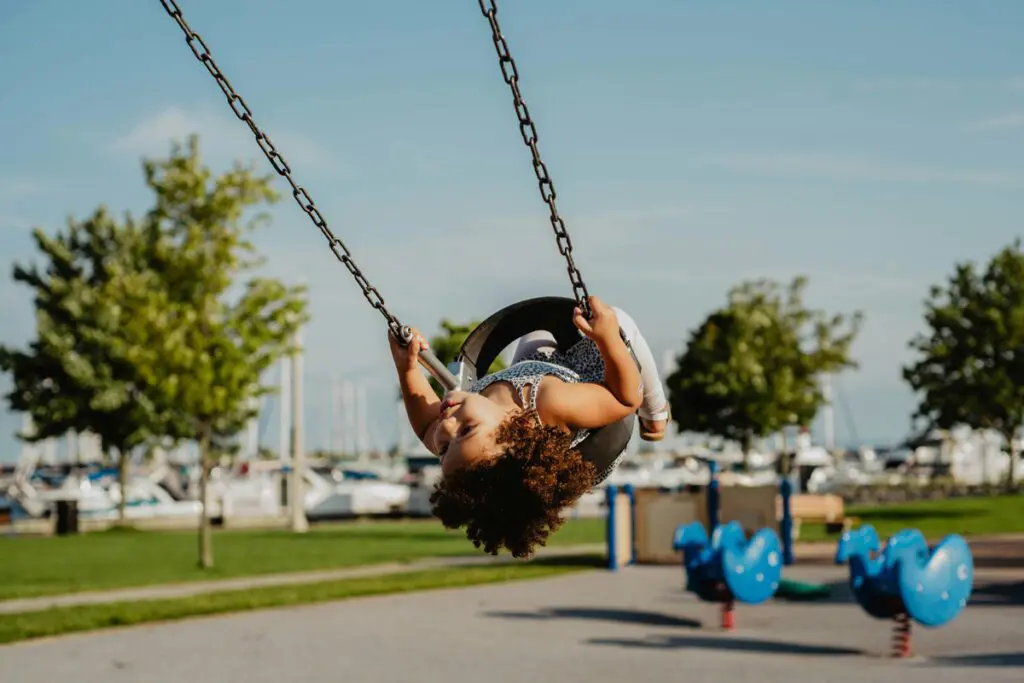
It does take some strategy and forethought to incorporate outdoor play into family life. Here’s how to start.
Invest in your yard. Buy second-hand toys and tools to help keep them busy. Consider a trampoline, a slack line, a basketball or badminton net, buckets and shovels, a mud kitchen. Look for loose parts that have open-ended uses, which promotes imaginative, creative play. Your yard will change as your child grows; it might not always look pretty or magazine-ready, but it will be serving a valuable purpose.

Find like-minded families in your neighbourhood who want to prioritize outdoor play. This is particularly useful if you have to send your child to an urban park down the street where you can’t keep a close eye on them. If they have a buddy, it feels safer—and it’s more fun for them. Set up regular daily playtimes with these friends.
You can set a daily target for outdoor play. Insist on at least an hour a day, maybe right after school so they have a chance to clear their heads before sitting down to do homework. Obviously, aiming for more is better; you could sign up for the 1000 Hours Outside challenge and track it on a sheet, which incentivizes kids to log more time.

Send them outside year-round, no matter the weather. Invest in proper outdoor clothing (again, something you can usually buy second-hand). You may have to shorten the length of time they play in the pouring rain or bitter cold, but it will still energize them and do good for their mood, their development, their resilience.
Set an example as their parent. You too should spend time outdoors whenever possible, going for walks or planning family hikes, camping trips, beach excursions, picnics, campfires, and more. It can be even more fun with other families or friends. I’m a proponent of living outdoors as much as possible; even if it’s not active, there are benefits to be had from reading, eating, napping, and just being outside, doing many of the same things you do indoors.
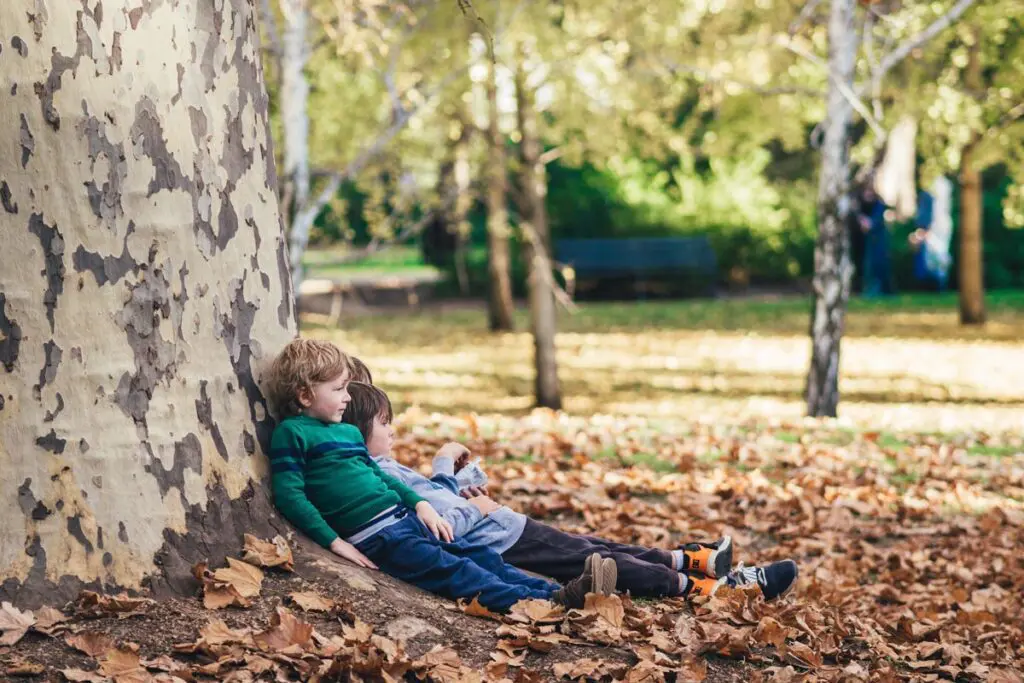
Encourage your child to walk to school. Practice the route with them when they’re young, and then let them go. It provides rich opportunities for exploration, for thought, for conversation with fellow walkers, for exercise and more. And it fills up time that might otherwise be spent on devices—and that is a big part of the goal here.
Screen time must be replaced with something else. You can’t simply take devices away and then expect a child to know what to do. And that’s where the outdoors comes in handy. It fills the leftover time and space in a child’s life, while working wonders on their physical and mental health. Do not overlook its value for parenting. Take advantage of this marvelous free resource as much as you can. Your child will be healthier and happier as a result.
